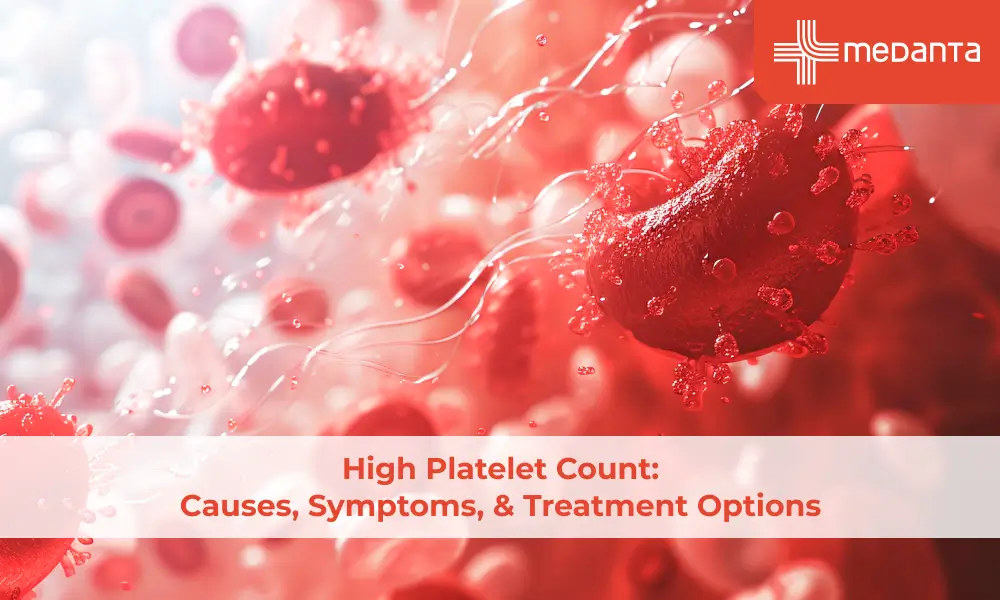Dandruff vs. Dry Scalp: How to Tell the Difference

TABLE OF CONTENTS
Those white flakes on your shoulders can make you feel embarrassed and confused. Dandruff and dry scalp might look alike but come from different sources. Both conditions make your scalp itch and shed flakes. The main difference lies in their causes - dandruff comes from too much oil and Malassezia yeast, while dry scalp happens when there's not enough moisture.
This article shows you how to identify your scalp's condition and the best ways to treat each issue. Understanding these differences is key to selecting the most effective solution for eliminating persistent flakes and relieving constant scalp itching.
Dandruff and dry scalp show similar symptoms, but the mechanisms behind them are quite different. Knowing what causes each condition helps find the proper treatment that works.
The scalp produces too much oil with dandruff but lacks moisture with a dry scalp. This difference affects how each condition looks and how a person should treat it. Here's a detailed look at what causes each condition:
Aspect | Dandruff | Dry Scalp |
Primary Cause | Excess oil production on the scalp | Lack of moisture in the scalp skin |
Biological Factor | Overgrowth of Malassezia yeast/fungus | No fungal involvement |
Skin Condition | Seborrheic dermatitis is the leading cause | General skin dryness |
Appearance | Oily, red, scaly skin with larger yellowish flakes | Dry skin with smaller, whiter flakes |
Oil Production | Excessive sebum production | Insufficient natural oils |
Process | Skin cells build up and then shed in larger flakes | Skin becomes irritated and flakes off in smaller pieces |
Common Triggers | • Age • Hormonal changes • Stress • Underlying medical conditions • Poor shampooing habits | • Cold, dry air • Excessive washing • Contact dermatitis from hair products • Ageing • Products that strip natural oils |
Associated Symptoms | Often limited to the scalp, with oily, itchy patches | May have dry skin on other body parts, too |
Pattern | Tends to come and go, often chronic without treatment | May improve with environmental changes |
Treat Dandruff vs. Dry Scalp
The right solution makes all the difference when treating scalp conditions. You need to know if you have dandruff or dry scalp before starting treatment. These conditions need different approaches because they happen for different reasons.
The best way to tackle both conditions involves special products and lifestyle changes. Here is a complete comparison of how to treat dandruff and dry scalp:
Treatment Aspect | Dandruff Treatment | Dry Scalp Treatment |
Main Treatment Goal | Control fungal growth and reduce oil production | Restore moisture and hydration to the scalp |
Recommended Shampoos | Medicated anti-dandruff shampoos containing ketoconazole, pyrithione zinc, coal tar | Gentle, moisturising shampoos free from harsh ingredients |
Washing Frequency | Regular washing as directed on the product | Reduced washing frequency to preserve natural oils |
Home Remedies | Tea tree oil, baking soda, apple cider vinegar | Coconut oil, aloe vera, olive oil, jojoba oil |
Application Method | Leave the medicated shampoo on the scalp for a prescribed time (varies by product) | Apply moisturising treatments before bed |
Natural Supplements | Omega-3 fatty acids may help reduce inflammation | Increasing water intake for hydration |
Diet Considerations | Limit refined carbs, sugary foods, and processed foods | Focus on hydrating foods and balanced nutrition |
When to See Doctor | If there is no improvement after 2-3 weeks of OTC treatment | If dryness persists despite moisturising efforts |
You can diagnose dandruff or dry scalp by looking at your symptoms carefully. The original check of flake appearance gives good clues. Dandruff flakes are usually bigger, yellowish or white, and look oily. Dry scalp flakes are smaller, whiter, and look more dried out.
A quick test at home can help you know what you have. Put some light moisturiser on your scalp before bed. The next morning, if the flakes go away after you shampoo, you probably have a dry scalp instead of dandruff.
Looking at your scalp and hair shows other key differences:
Scalp appearance: Red, scaly patches and oily texture point to dandruff. A dry scalp looks dry without any red patches.
Hair condition: Oily or greasy hair often comes with dandruff, while a dry scalp makes your hair dry and breaks easily.
Body-wide symptoms: Dry skin on your arms and legs suggests you have a dry scalp rather than dandruff.
So, dandruff is more likely the cause if you feel intense itching when your scalp isn't dry, or you see flakes even with greasy hair.
Some other conditions can look like dandruff. You should see a doctor if you notice:
Flaking that doesn't get better with regular treatments
Bad redness, swelling or painful sores
Too much hair falling out with scalp problems
A lot of discomfort or intense itching
A dermatologist can spot your condition with a simple check. They'll know if you have too much oil, regular dryness, or maybe even conditions like seborrheic dermatitis, psoriasis, or eczema.
Finding out exactly what you have will give you the right treatment plan. This will save time and prevent your scalp from becoming more irritated.
Knowing the difference between dandruff and dry scalp is crucial to get rid of those pesky flakes. Both conditions might look similar but need different treatments because they happen for different reasons. Dandruff comes from too much oil and fungal growth so that a person will need medicated shampoos with antifungal ingredients. A dry scalp occurs when there's not enough moisture, and it needs gentle, hydrating products to regain balance.
Most people can handle these issues at home with the right products. But if symptoms don't go away and over-the-counter treatments don't help after a few weeks, you should see a dermatologist. A professional's diagnosis will help you tackle the real problem instead of wasting time on treatments that don't work.
Whatever your condition, sticking to your treatment plan is the key to a healthy, flake-free scalp. By understanding your exact condition, you can take the right steps to solve your scalp's problem and feel confident with flake-free hair.
Is dandruff contagious?
A lot of people worry they might "catch" dandruff from others. The truth is dandruff isn't contagious. You can't spread or catch it through physical contact or shared pillowcases. The Malassezia fungus naturally lives on everyone's scalp, but it only affects people whose skin reacts to oleic acid.
When should I see a doctor for my scalp issues?
You should visit a dermatologist if:
Your symptoms last longer than 2-3 weeks despite using over-the-counter treatments
You spot patches of skin discolouration or rash on your scalp
Your scalp bleeds as flakes fall off
You notice signs of infection like pain or pus
Your scalp becomes severely red, itchy, or swollen
Does dandruff cause hair loss?
Dandruff doesn't directly cause hair loss. However, untreated dandruff can lead to excessive scratching that damages hair follicles and causes hair breakage over time. Quick treatment helps prevent this damage.
Why are my flakes yellow instead of white?
Yellow flakes usually point to seborrheic dermatitis, a more severe form of dandruff. This condition makes the skin oily, red, and scaly. Most flare-ups happen because of stress, fatigue, or sudden weather changes.
Does shampooing too often cause dandruff?
Contrary to popular belief, washing your hair less often makes dandruff worse. Regular washing removes excess oil & dead skin cells that contribute to dandruff. Mild cases need daily washing with gentle shampoo. More severe cases require anti-dandruff shampoo 2-3 times each week.






